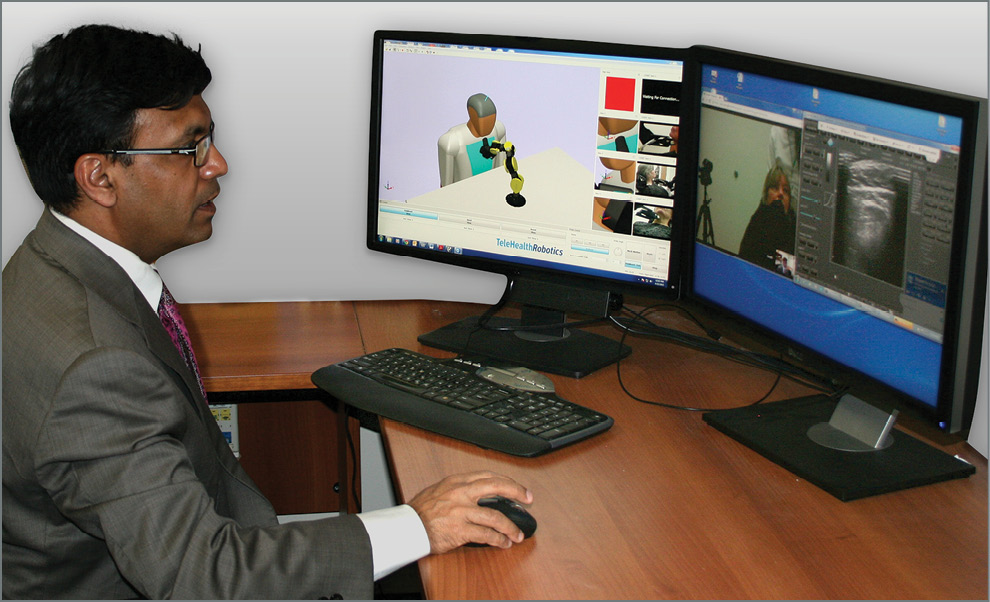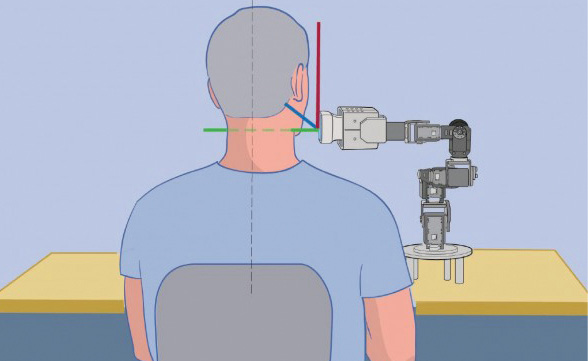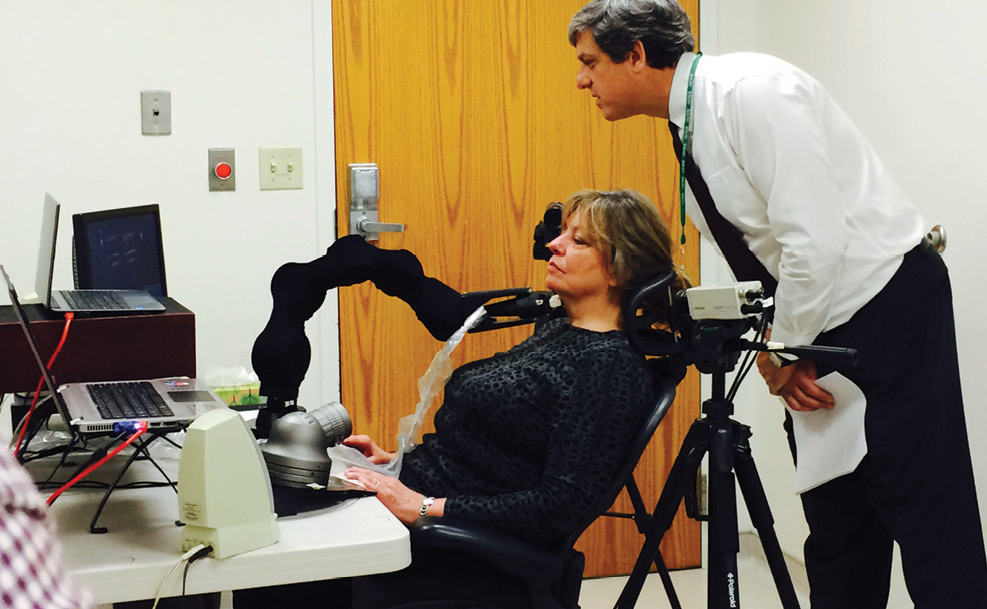Telerobotic Ultrasound May Revolutionize Telemedicine
Researchers are exploring whether telerobotic ultrasound can produce results comparable to those of manual examinations
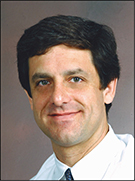

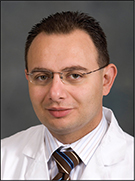
Researchers testing the efficacy of remote-controlled telerobotic ultrasound say the technology may have the potential to assess risk of heart attack or stroke and could play a critical role in reaching patients in rural and underserved areas around the globe.
The new technology—Tele Robotic Ultrasound for Distance Imaging, or TRUDI—allows an operator to perform ultrasound from any location with an Internet hookup. The ultrasound system is integrated into a robotic kiosk that the operator can manipulate into the proper position to complete an examination in just a few minutes.
Although still in the early stages of development, experts say the technology has vast potential for providing critical healthcare to resource-poor areas of the world—among other potential uses.
"Telerobotic ultrasound has the potential to revolutionize telemedicine by connecting the remote underserved areas of the world with a real-time imaging capability for diagnosis of acute diseases such as acute appendicitis and ectopic pregnancy,” said Vikram Dogra, M.D., director of ultrasound and professor of radiology and biomedical engineering at the University ofRochester, N.Y.
New York, Chicago Test Telerobotic Ultrasound
In a groundbreaking study, cardiovascular imaging specialists of Icahn School of Medicine at Mount Sinai Hospital in New York and Rush University Medical Center in Chicago are investigating whether remote-controlled robotic ultrasound examinations can produce results comparable to those of manual examinations.
“The operator can use video images of the patient environment, simulated patient views and our remote control software suite to enable proper probe positioning on the patient’s anatomy, all the while communicating with the patient directly through telepresence,” said Jeffrey S. Soble, M.D., a cardiologist at Rush, who developed the technology with biomedical engineer Sarah Doherty. “Additionally, a digital ultrasound machine with PC controls allows users to change depth and gain and the ultrasound mode from their remote locations.”
The PC-based ultrasound system is manufactured by Telemed Ultrasound Medical Systems.
Dr. Soble and Doherty are co-founders of TeleHealthRobotics in Chicago. The pair developed a prototype that can perform cardiovascular and neck ultrasound.
For a new two-part study, Partho P. Sengupta, M.D., an associate professor of medicine at the Icahn School of Medicine, and colleagues at Mount Sinai will use the TRUDI platform to perform carotid ultrasound from their New York City facility on patients in Chicago, comparing results with standard ultrasound examinations performed on the patients by Chicago sonographers at Rush University Medical Center.
“In the first cohort, volunteers will receive two manual ultrasound carotid artery acquisitions and two telerobotic acquisitions. We aim to show non-inferiority, or equivalency, between acquisition types,” said researcher Rami Doukky, M.D., professor of medicine and radiology at Chicago’s Rush Medical College.
For the second group, researchers will compare manual and telerobotic ultrasound acquisition for detection of carotid atherosclerotic plaque, a common warning sign of heart attack and stroke. If successful, the technology could provide a safe, convenient risk assessment for high-risk patients who might not otherwise have access to ultrasound, and allow for earlier therapeutic intervention.
“If proven cost-effective, we could potentially use this technology at regular intervals to provide personal risk assessment,” Dr. Sengupta said.
Although there is a learning curve associated with the telerobotic platform, Dr. Sengupta demonstrated that experienced sonographers can achieve proficiency quickly.
In a study published in the August 2015 issue of the Journal of the American College of Cardiology: Cardiovascular Imaging Dr. Sengupta and colleagues at the German Heart Center in Munich compared the performance of an early ultrasound trainee with that of an advanced sonographer on the telerobotic platform. Results indicated that while both operators became proficient with the technology, the professional sonographer adapted to the new situation faster than the early trainee. Results show that clinical experience with ultrasound is useful for telerobotic acquisition even as TeleHealthRobotics incorporates sensing and image recognition mechanisms for semi-automation of the exam. An advanced sonographer was able to complete a telerobotic carotid ultrasound exam on a healthy volunteer in four minutes.
Technology Could Cut Wait Times for Diagnosis
The technology may also reduce wait times for patients at high risk of heart attack or stroke, according to Dr. Sengupta’s research. He collaborated with researchers in Sweden to analyze how a robot-assisted echocardiogram test affected waiting times for a diagnosis in heart failure patients from rural communities.
Average wait times were reduced from nearly four months to less than one month in patients receiving remote consultation, while patient wait times for a specialty consultation were reduced from 86 to 12 days. Results showed that 95 percent of the remote-consult patients considered it to be a superior strategy.
“Patients with heart failure often have to wait for days or weeks to see a specialist,” Dr. Sengupta said. “In this randomized trial, diagnosis time was substantially reduced with the robotic ultrasound system.”
The research shows promise for a safe, inexpensive technology that does not expose patients to radiation. In the future, patients could potentially undergo robotic ultrasound examinations similar to the automated blood pressure readings now available at pharmacies, Dr. Sengupta said.
“This would enable us to perform carotid artery screening without having a dedicated technologist at every machine,” Dr. Doukky added.
Potential for Cardiac Procedures and Beyond
Telerobotic ultrasound also may have a role in advanced cardiac procedures such as transcutaneous valve replacements. The remotely controlled robotic kiosk would enable physicians to perform ultrasound on the chest surface instead of down the throat, eliminating the need for general anesthesia and enabling the technologist to remain at a distance from the exam room, avoiding exposure to radiation from the X-rays required for the procedure.
Though the new study focuses on carotid artery imaging, the robotic approach has the potential to be used on other parts of the body, researchers said.
“A fetal ultrasound expert might not be available in a rural community, but with telerobotic ultrasound, those experts will be available anywhere in the world with an Internet hookup,” Dr. Sengupta said.
“The technology is poised to reduce the overall maternal mortality by providing access to antenatal care in developing countries,” he said. “Telerobotic ultrasound will revolutionize the practice of diagnostic ultrasound across the globe.”
Dr. Sengupta expects to begin seeing results from the studyin 2016.
